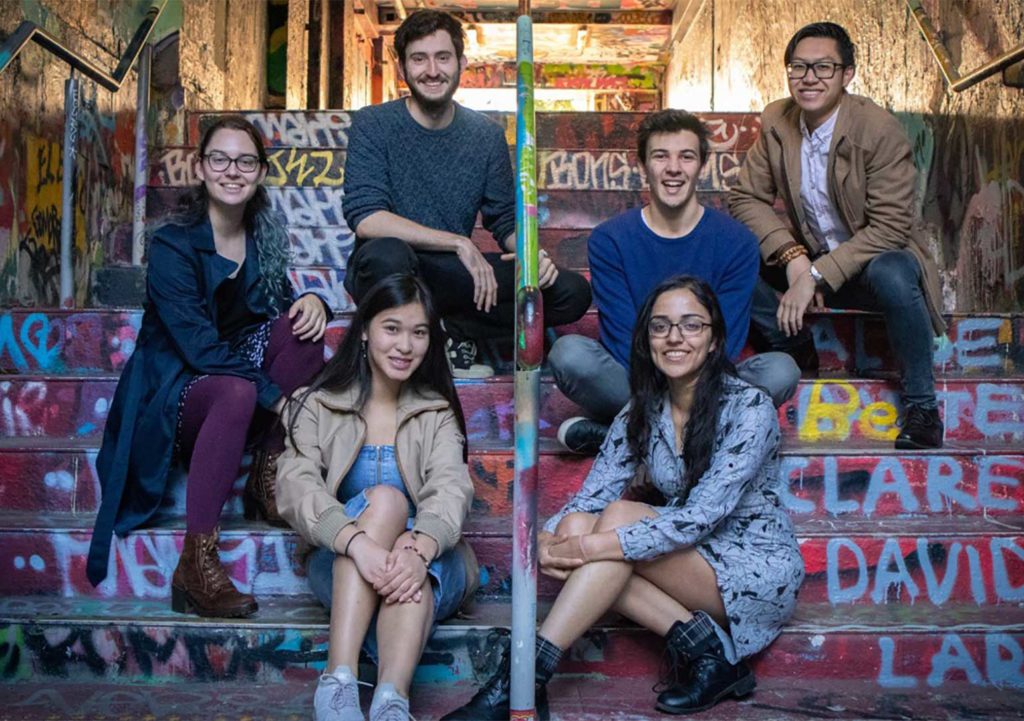Proving the best designs are often found in nature, students from the University of Sydney have taken out first place in a global biomolecular design competition with a nanofilter that mimics the behaviour of fern leaves to fight cardiovascular disease.
With the goal of making ‘the coolest stuff out of the molecules of life’, BIOMOD sees teams of undergraduate students from across the globe use DNA, RNA and proteins as building blocks to create everything from autonomous robots to molecular computers.
The University of Sydney’s FilterPhytes took first place at the annual BIOMOD jamboree in San Francisco last month, beating out impressive international competition, including teams from Imperial College London, the University of British Columbia and the University of Tokyo.
The team clinched the title with their NanoFilter, a DNA origami filter designed to fight cardiovascular disease.
“Cardiovascular complications are often linked to excessive cholesterol build-up in blood vessels,” said team member Anh Tu Lam, a biomedical engineering and medical science student.
“So we decided to design a nanoscale filter, with a net-like mechanism inspired by ferns to selectively capture and filter excessive cholesterol from the bloodstream.”
The chain-like, origami-based NanoFilter mimics the action of fern leaves, which curl when exposed to harsh environments. The design takes advantage of the folding ability of single strands of DNA, with an in-built mechanism that allows the structure to curl upon attachment to electronegative low-density lipoprotein (LDL) cholesterol molecules.
It provides a method of capturing and excreting the worst forms of LDL cholesterol in patients, working to prevent the build-up of plaque inside the arteries that can cause blockages.
In the short term, the NanoFilter could be adapted into a diagnostic tool for locating LDL molecules.
It could also have an application in future dialysis machines by introducing a large surface area where filtration could occur. This could allow for the development of miniature, personalised dialysis machines to improve the wellbeing of patients outside a hospital environment.
Students in the FilterPhytes are studying a range of disciplines, from mechatronic engineering to advanced physics and medical science. Team member Oliver Hubbard said the unique combination of diverse skills enabled their innovation.
“I’ve discovered that science is just as much about community as it is about data or theories,” he said.
And with 2017 BIOMOD competition winners also hailing from Australia, it seems the nation’s biomedical engineering industry has an ambitious future.
“It’s amazing to see what a group of exceptional undergraduates can do with the right resources and opportunity,” said Dr Shelley Wickham, FilterPhytes’ lead mentor and University of Sydney researcher.
“We’re so proud of what Team FilterPhytes has achieved this year.”

